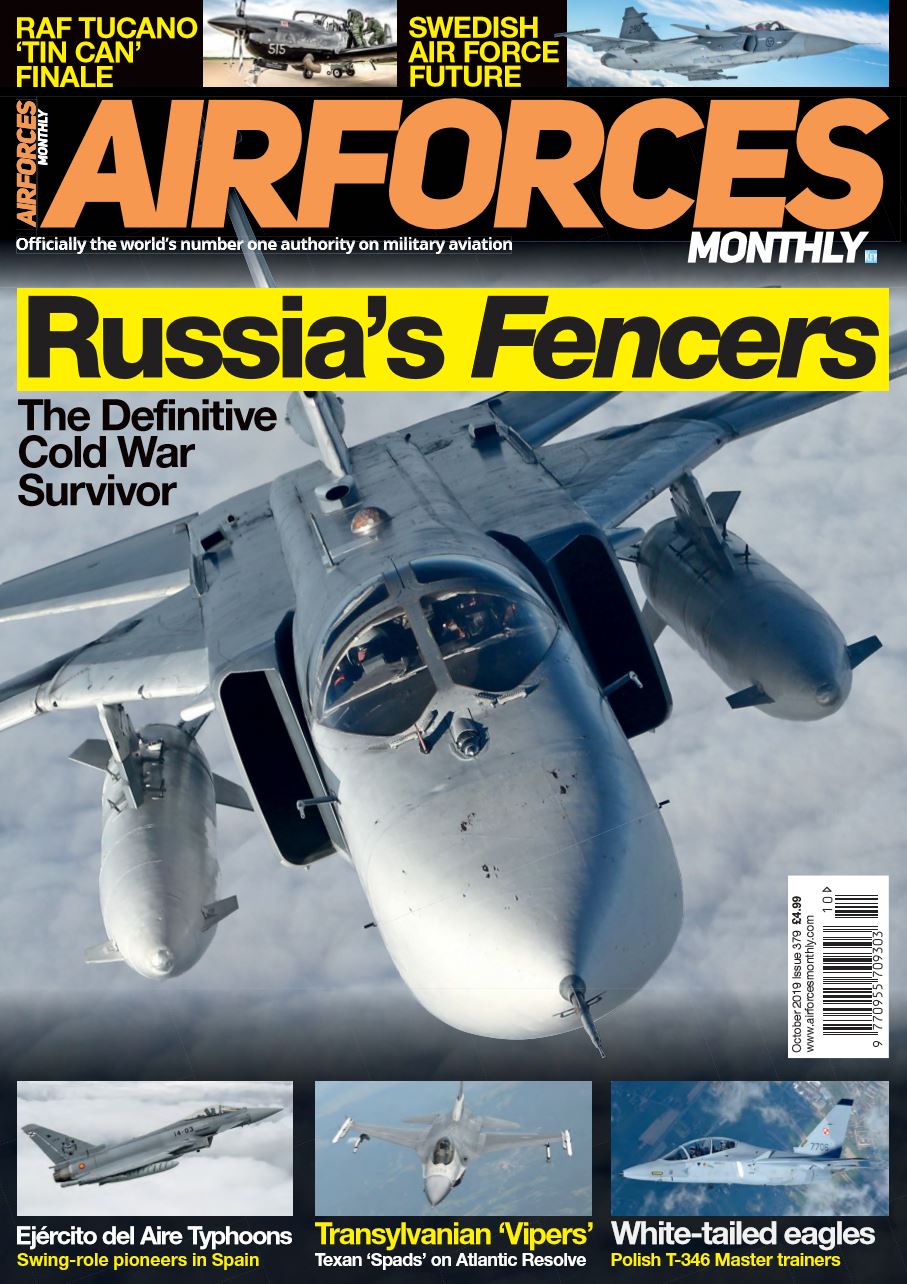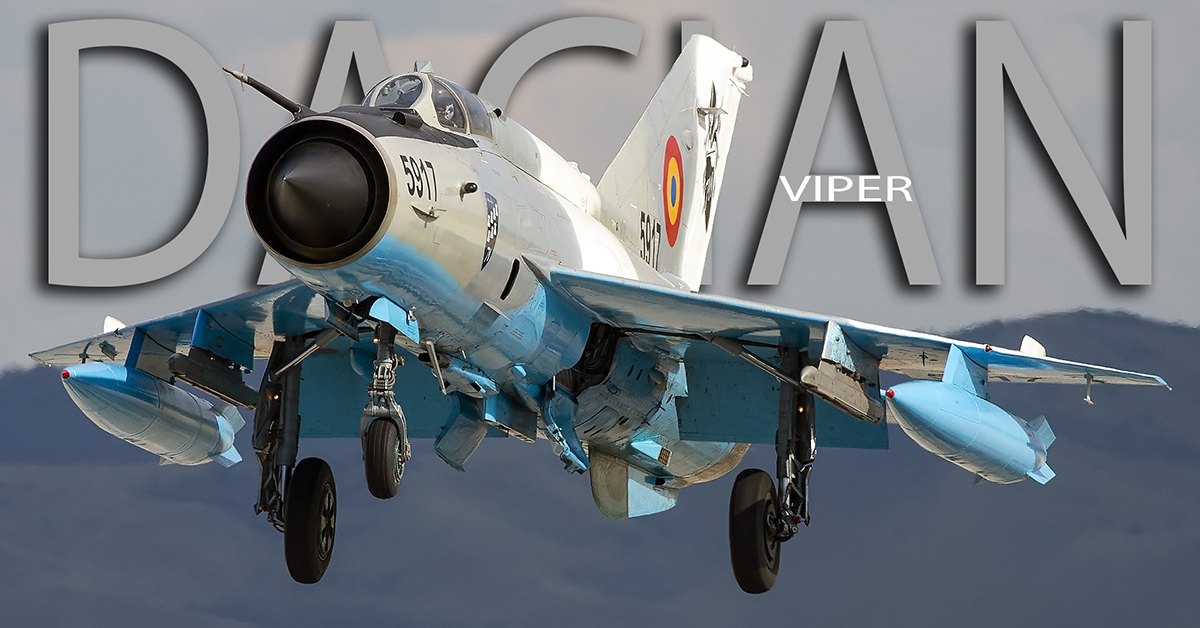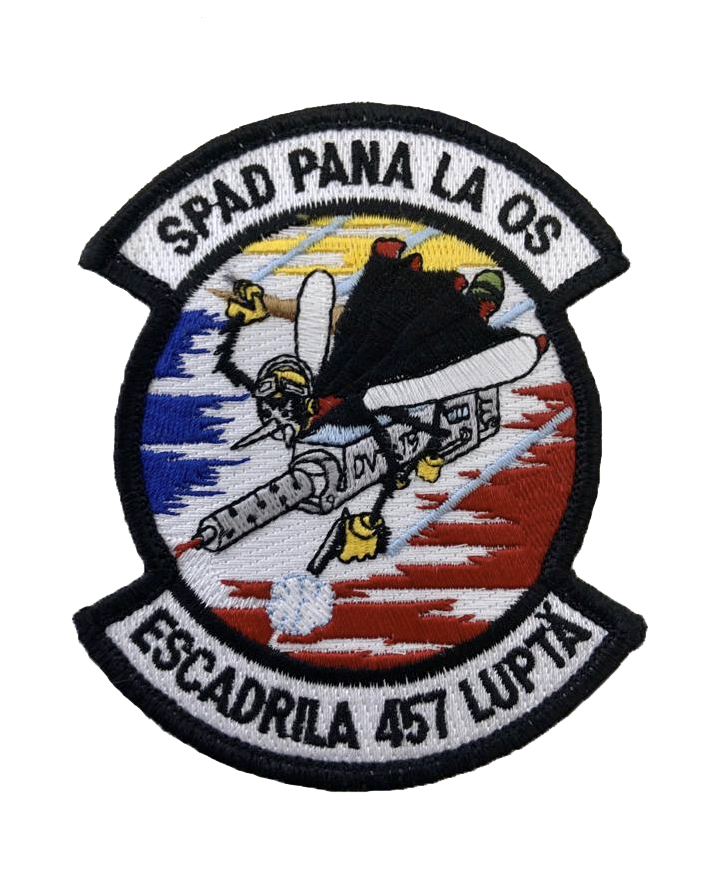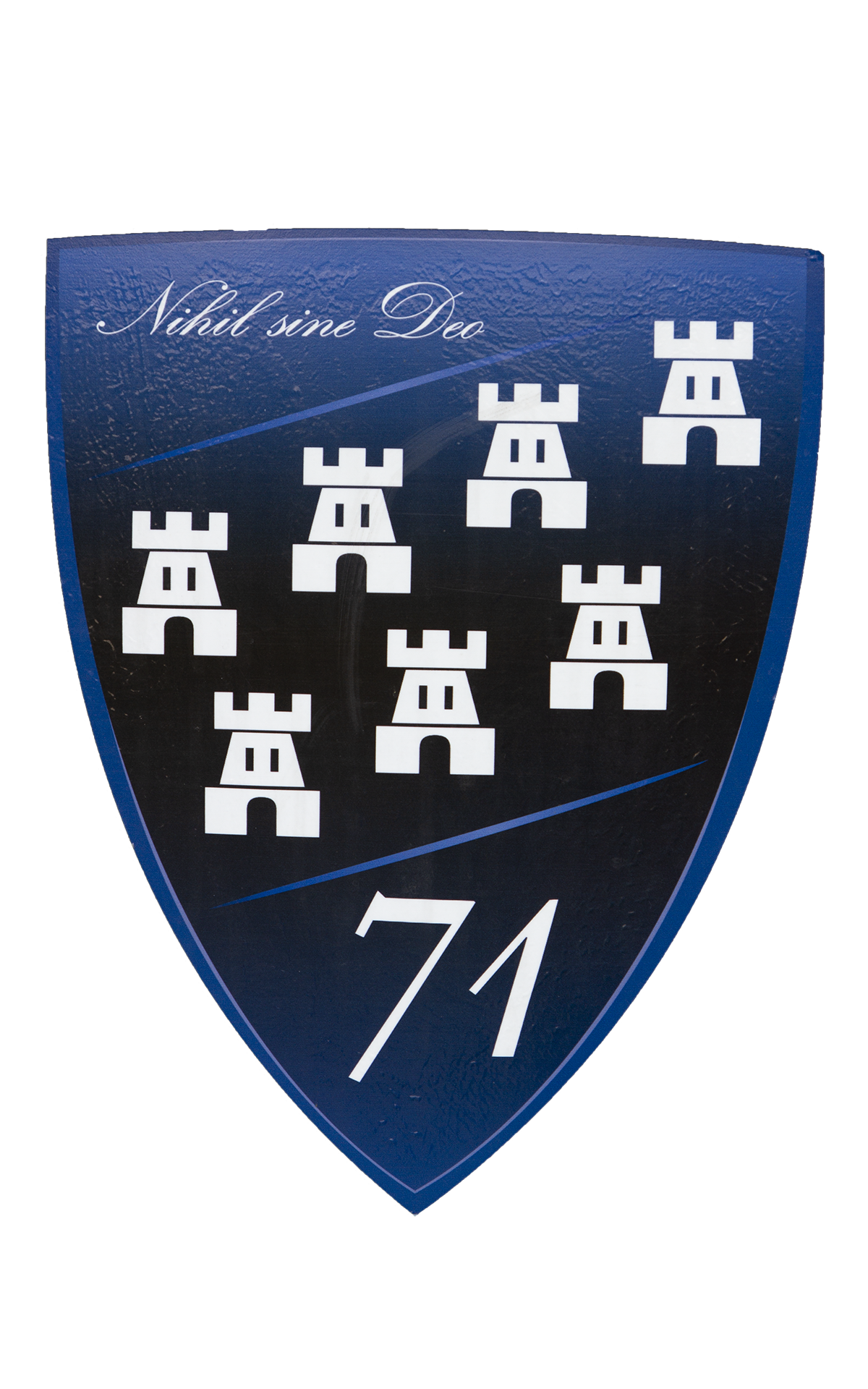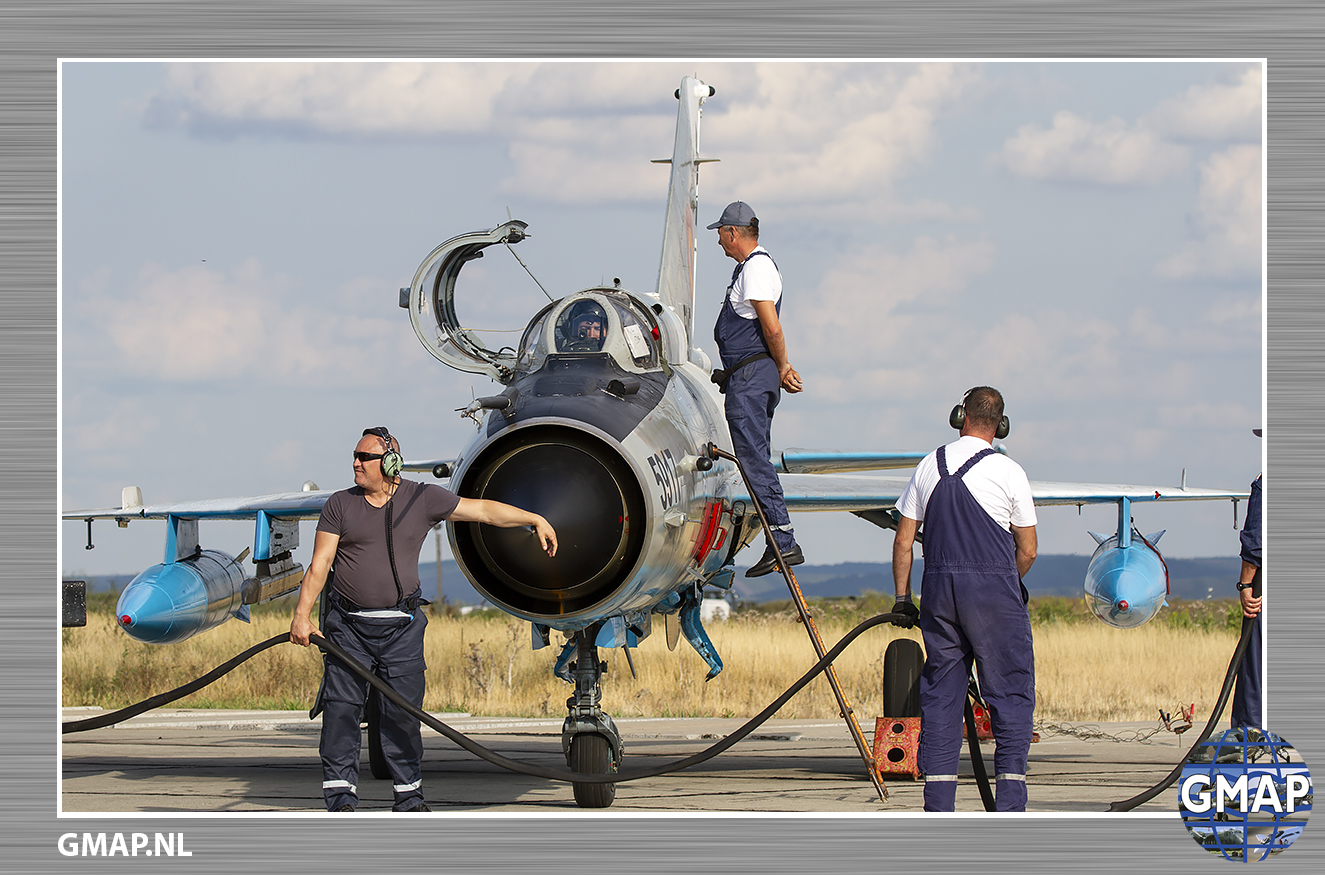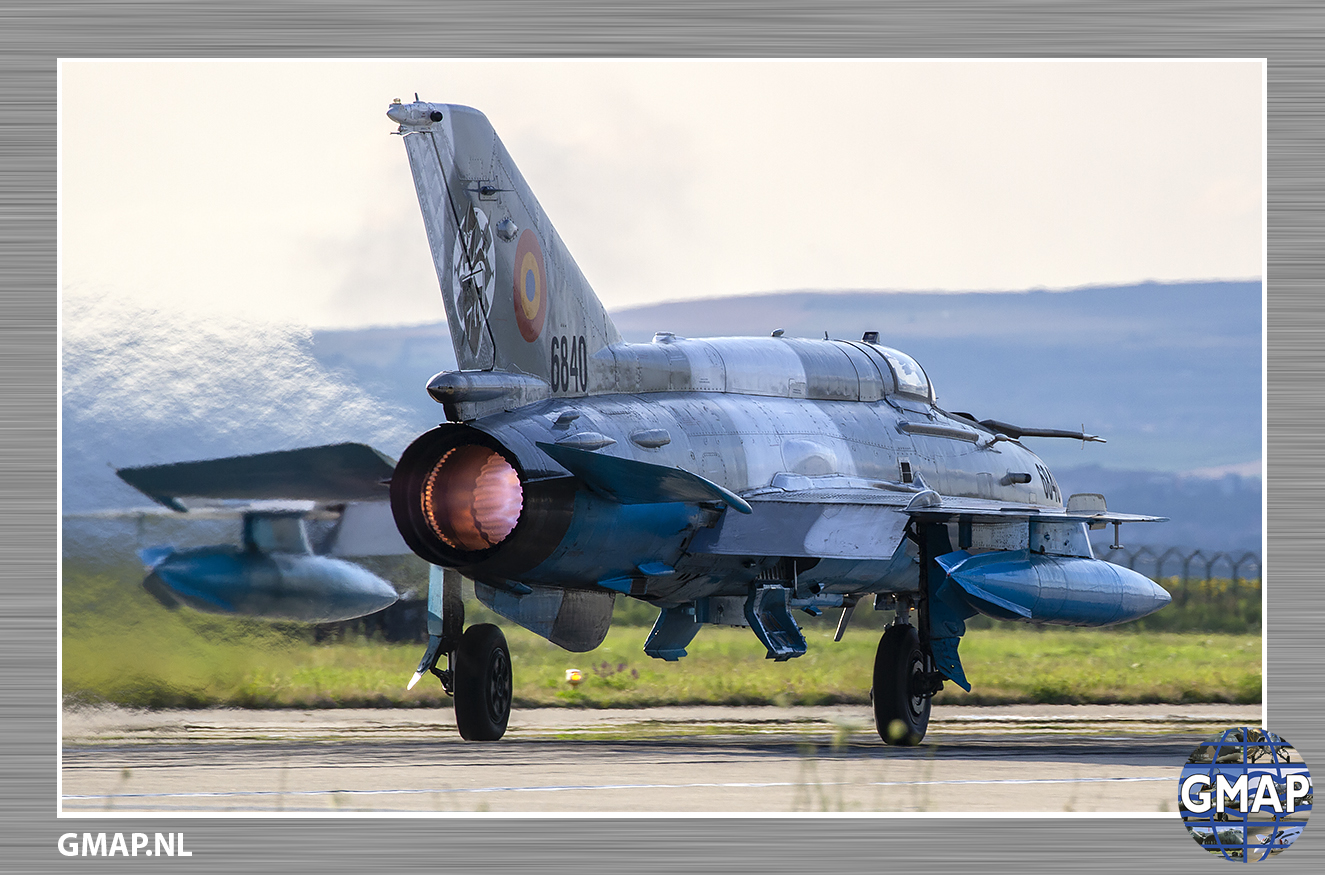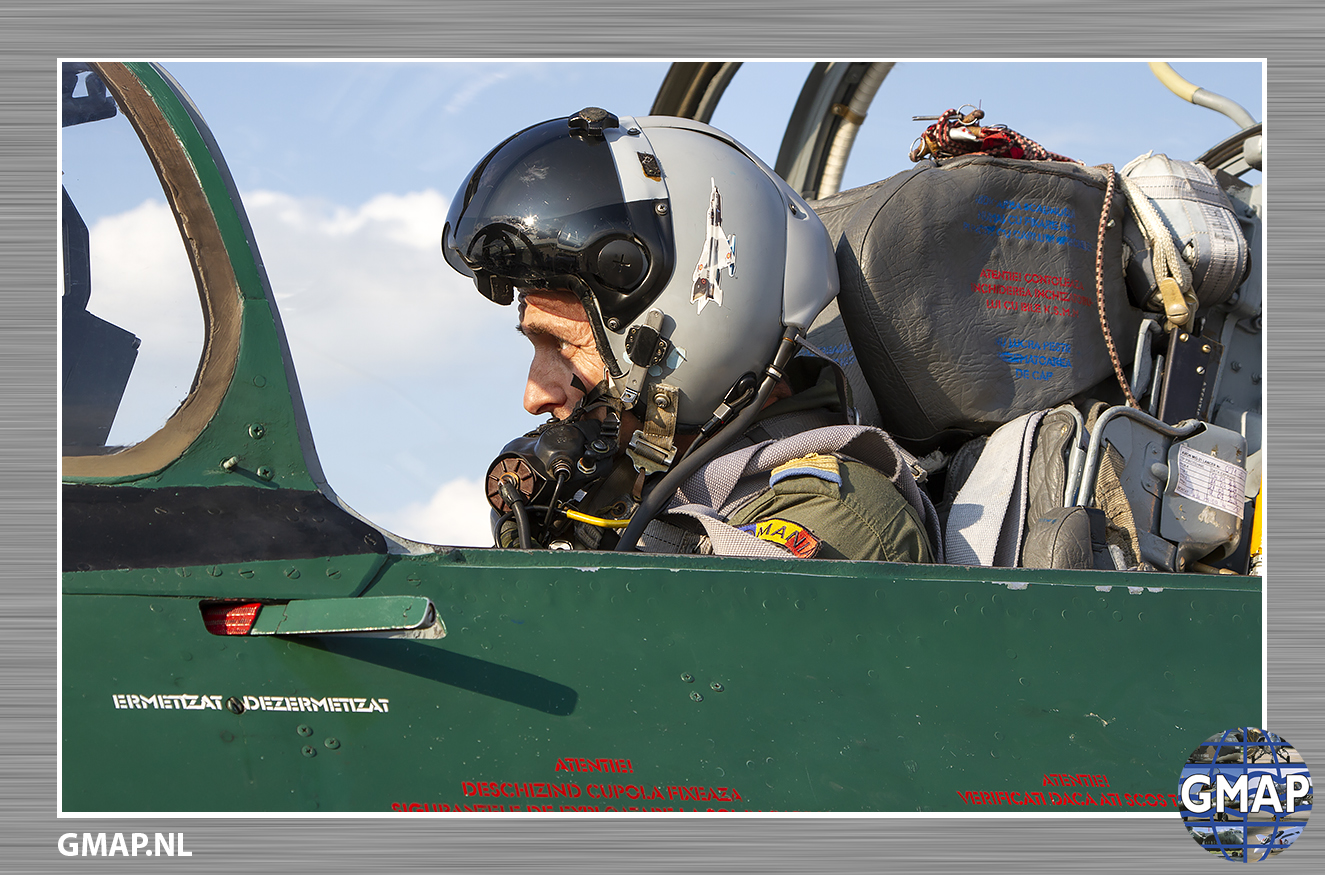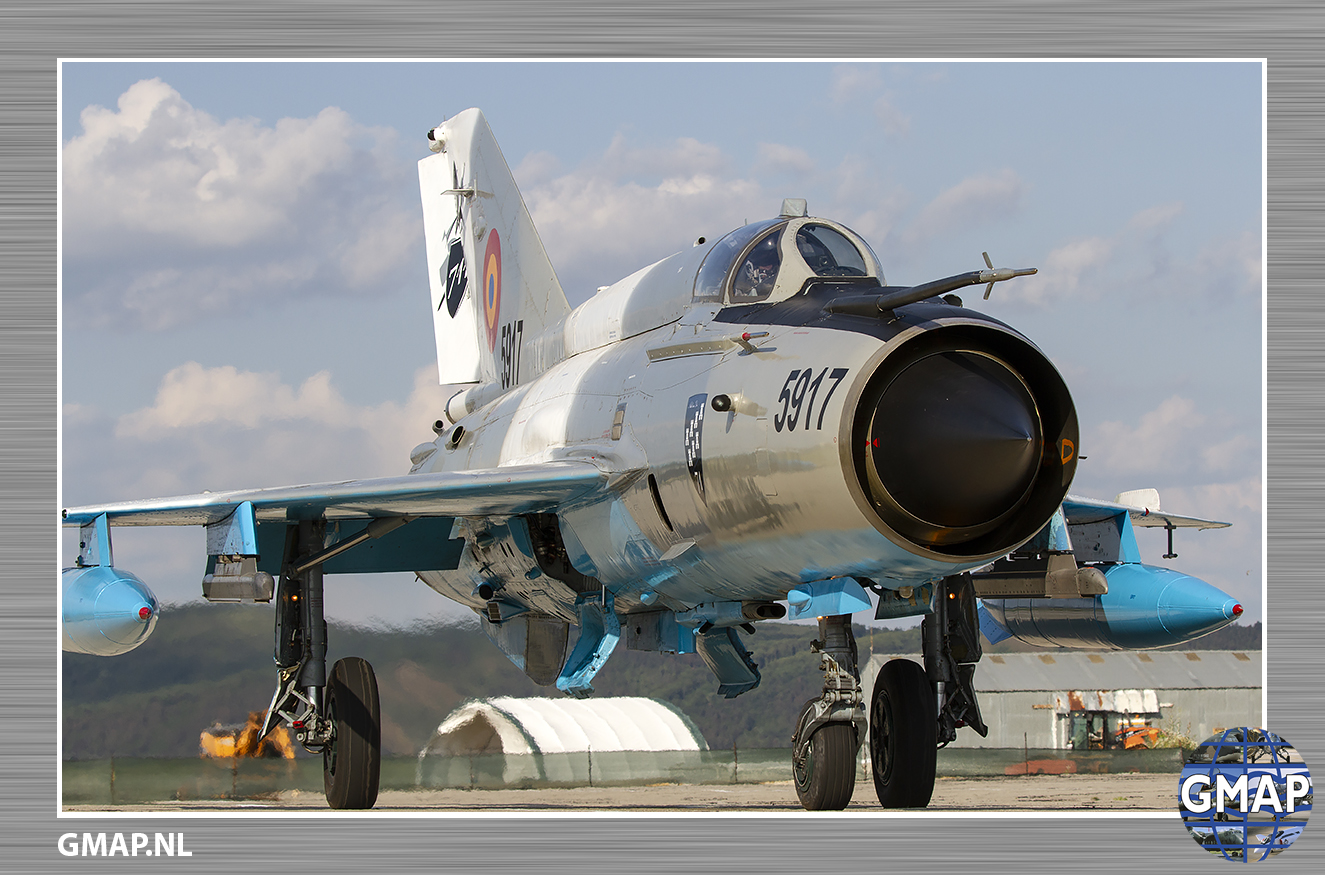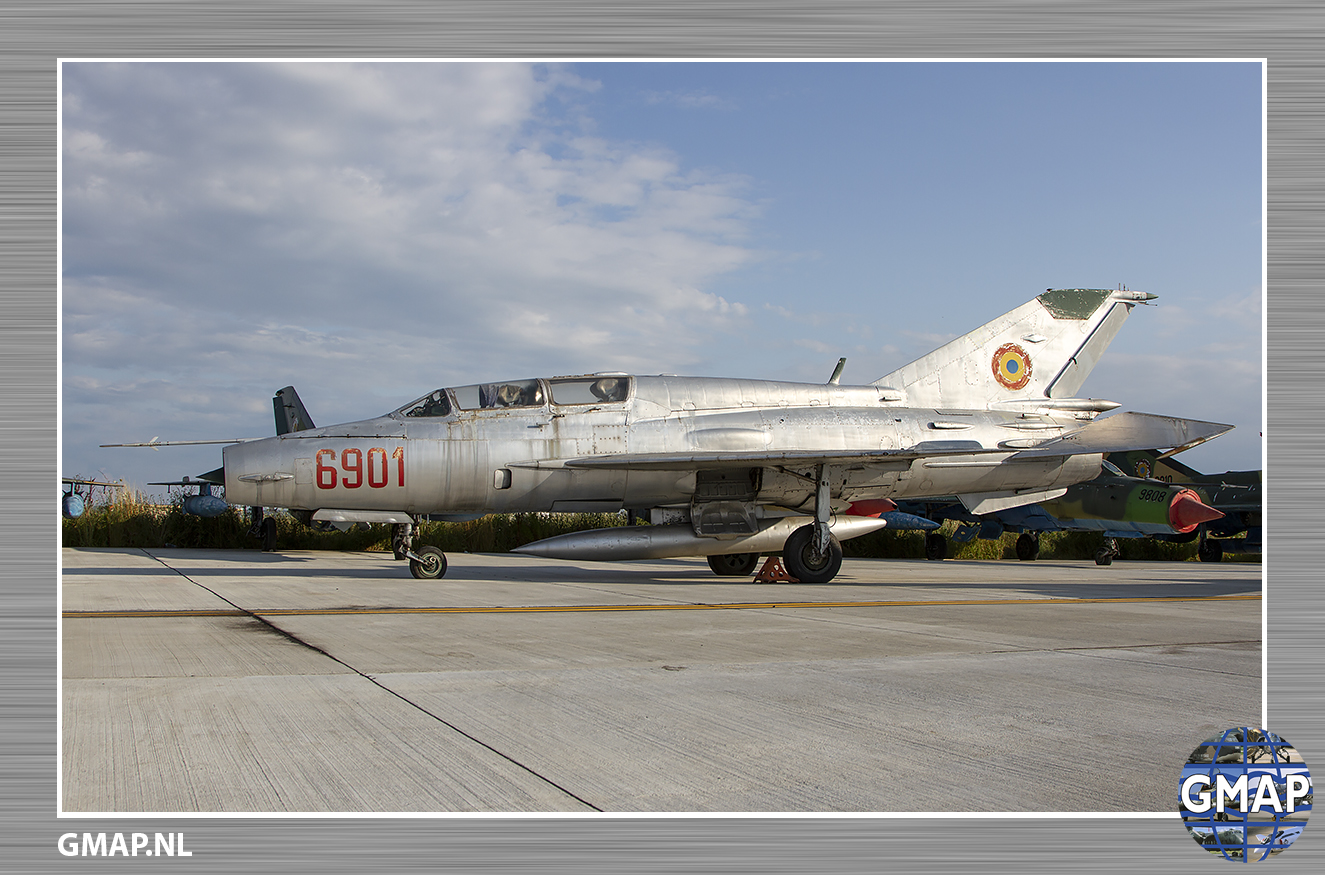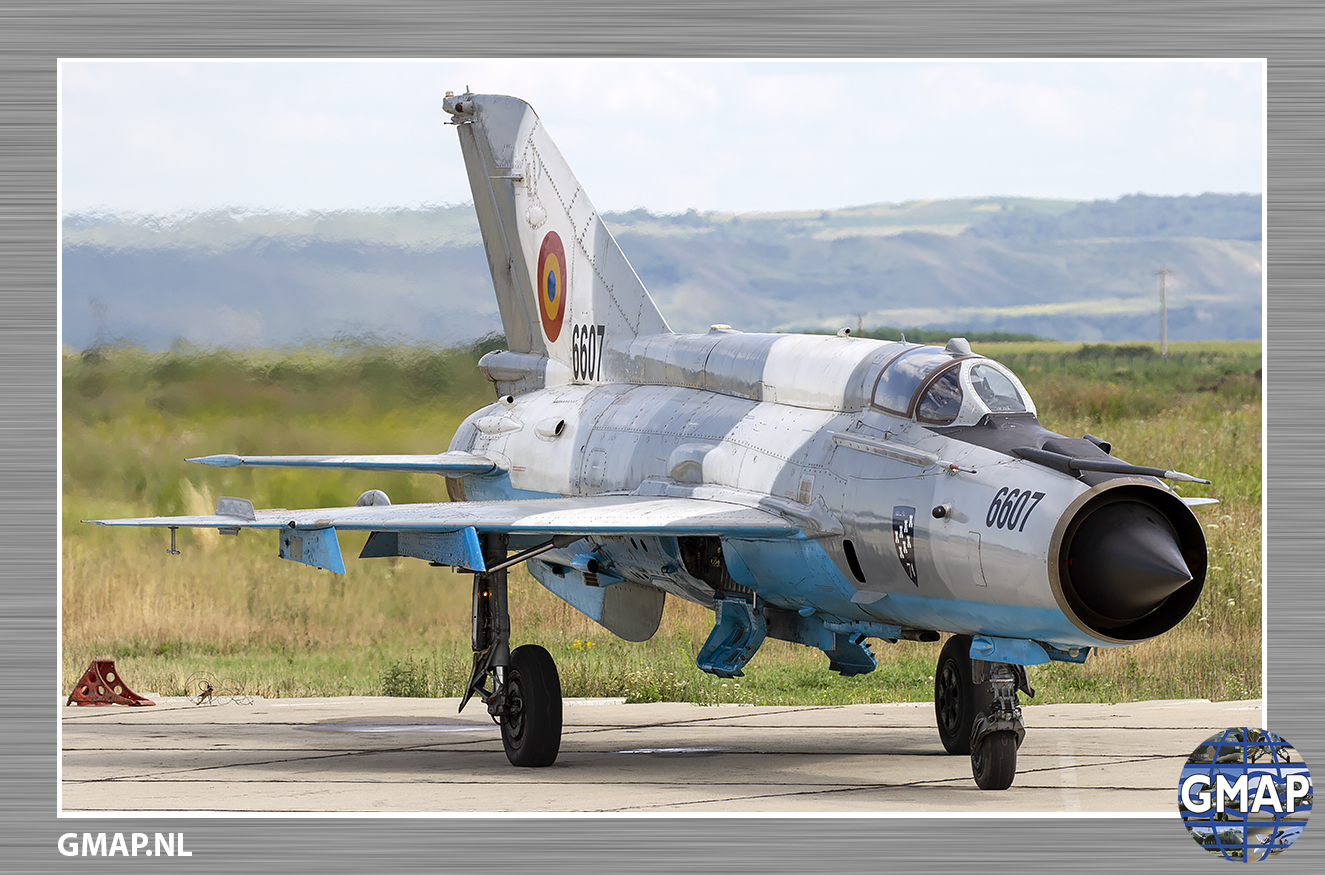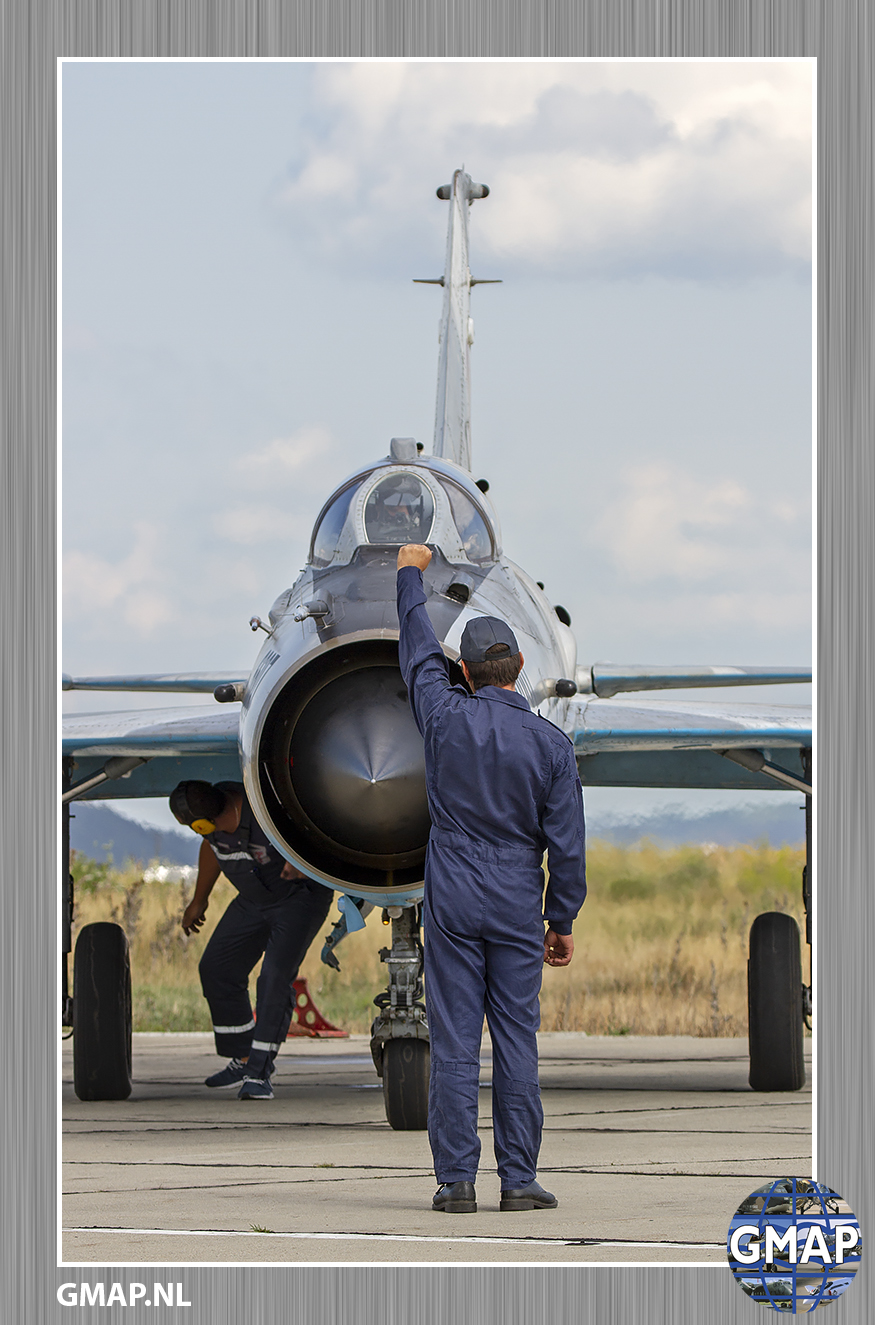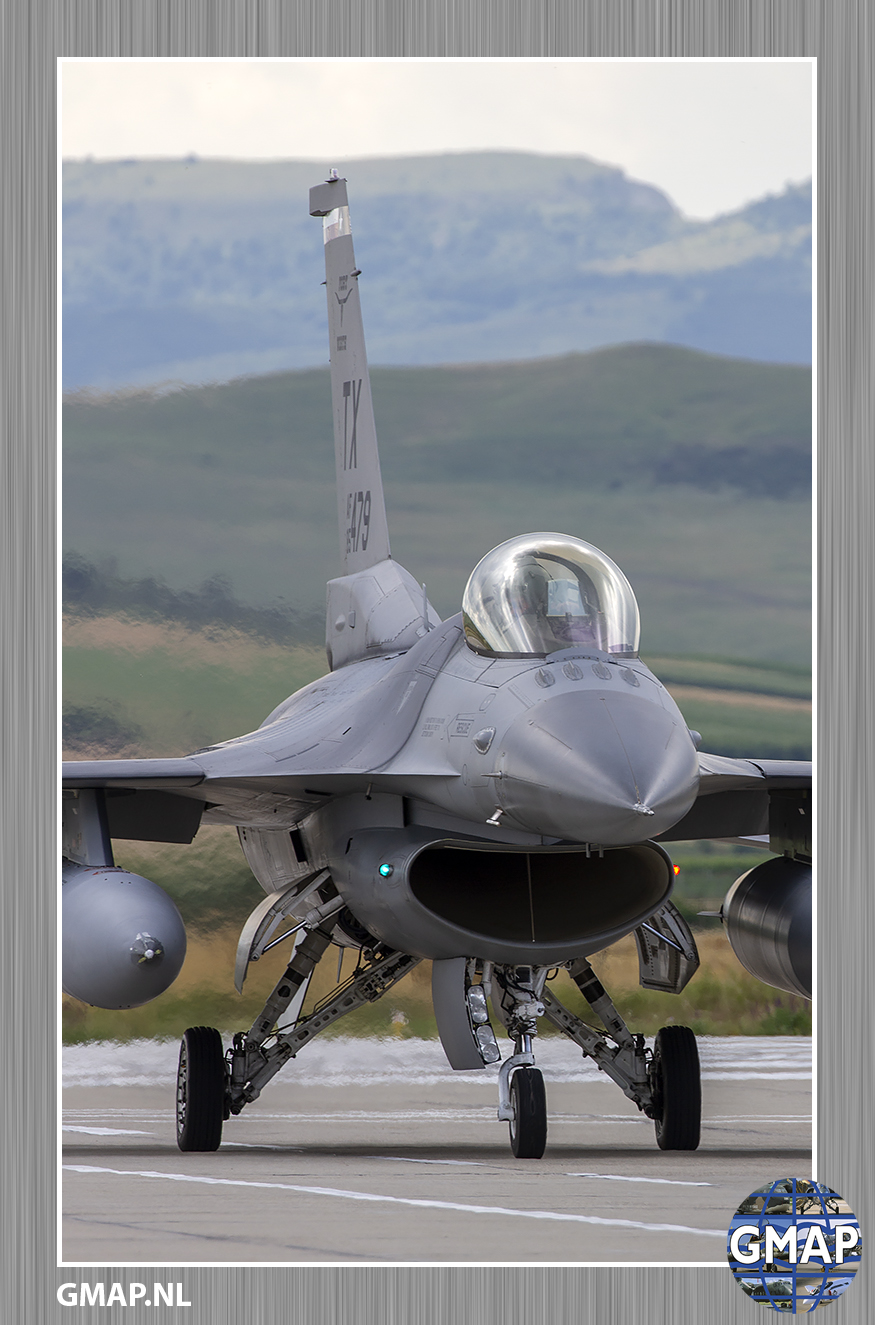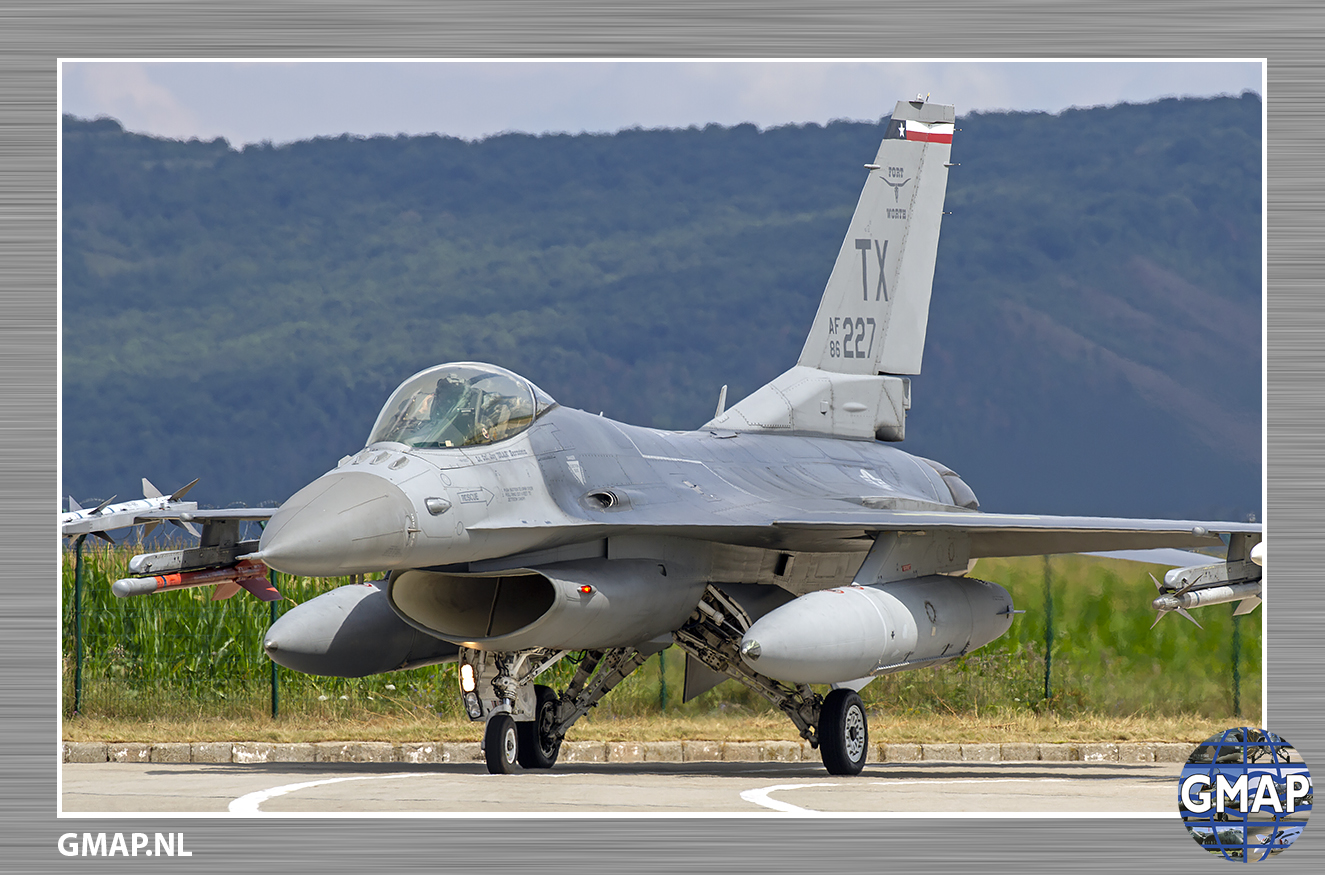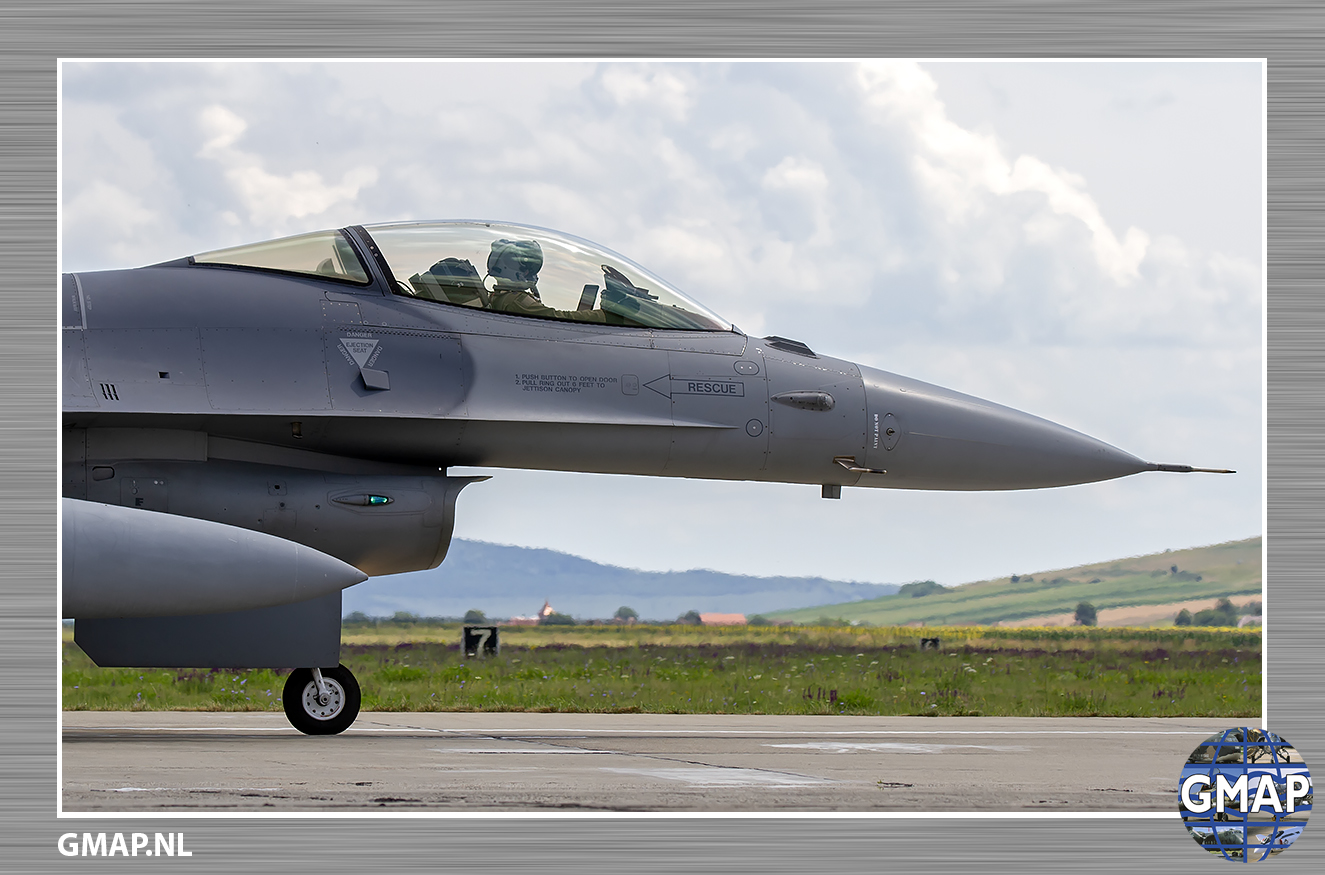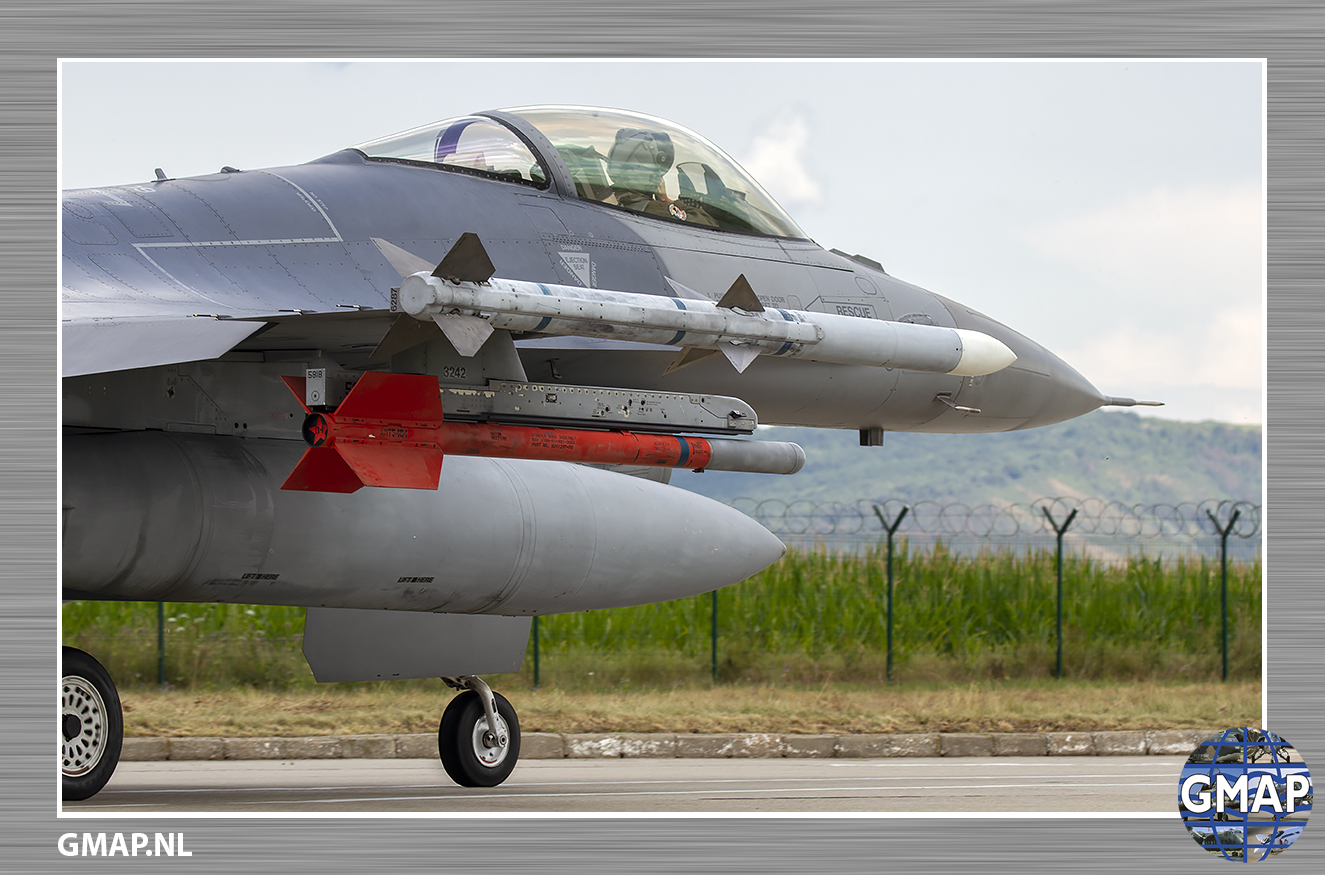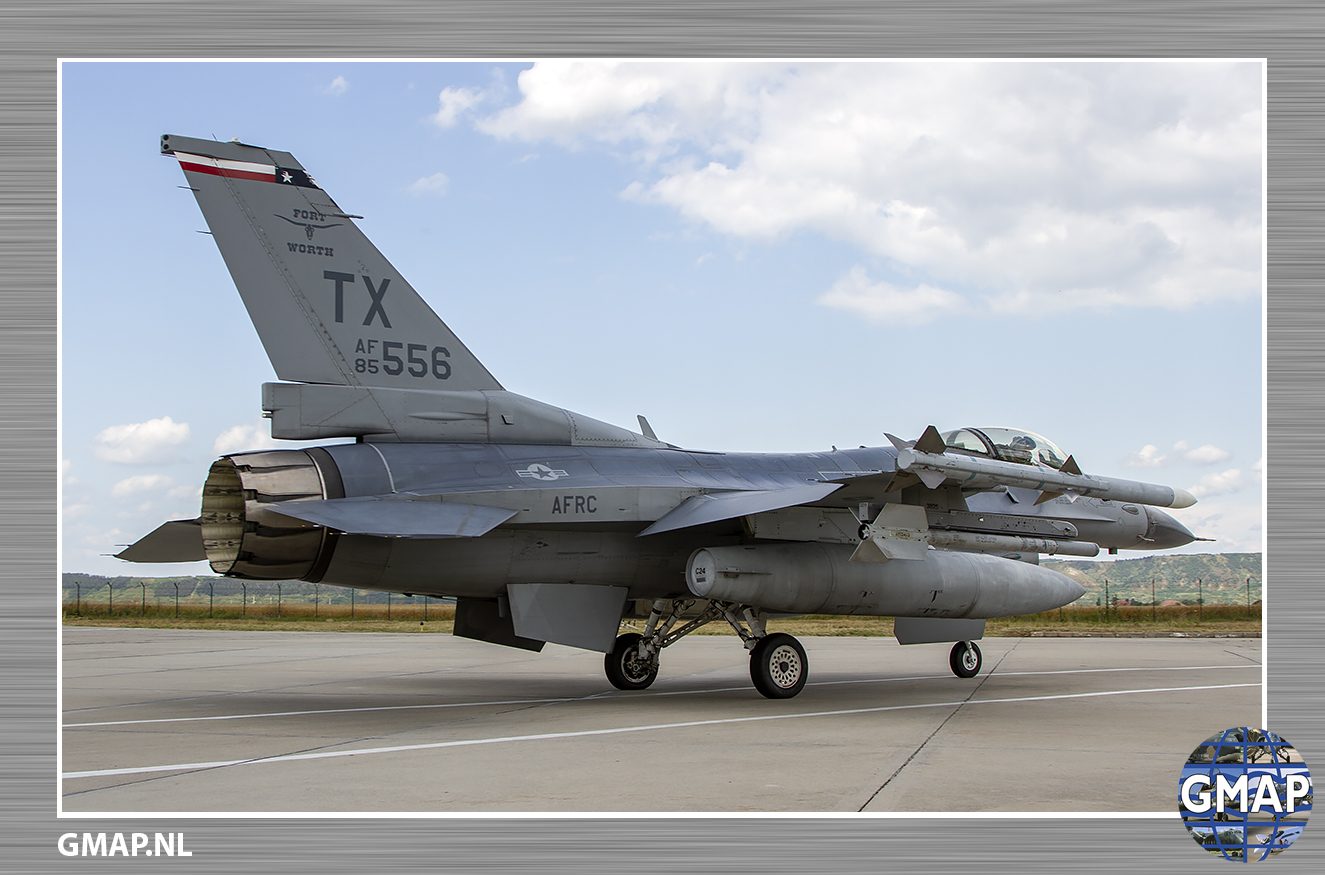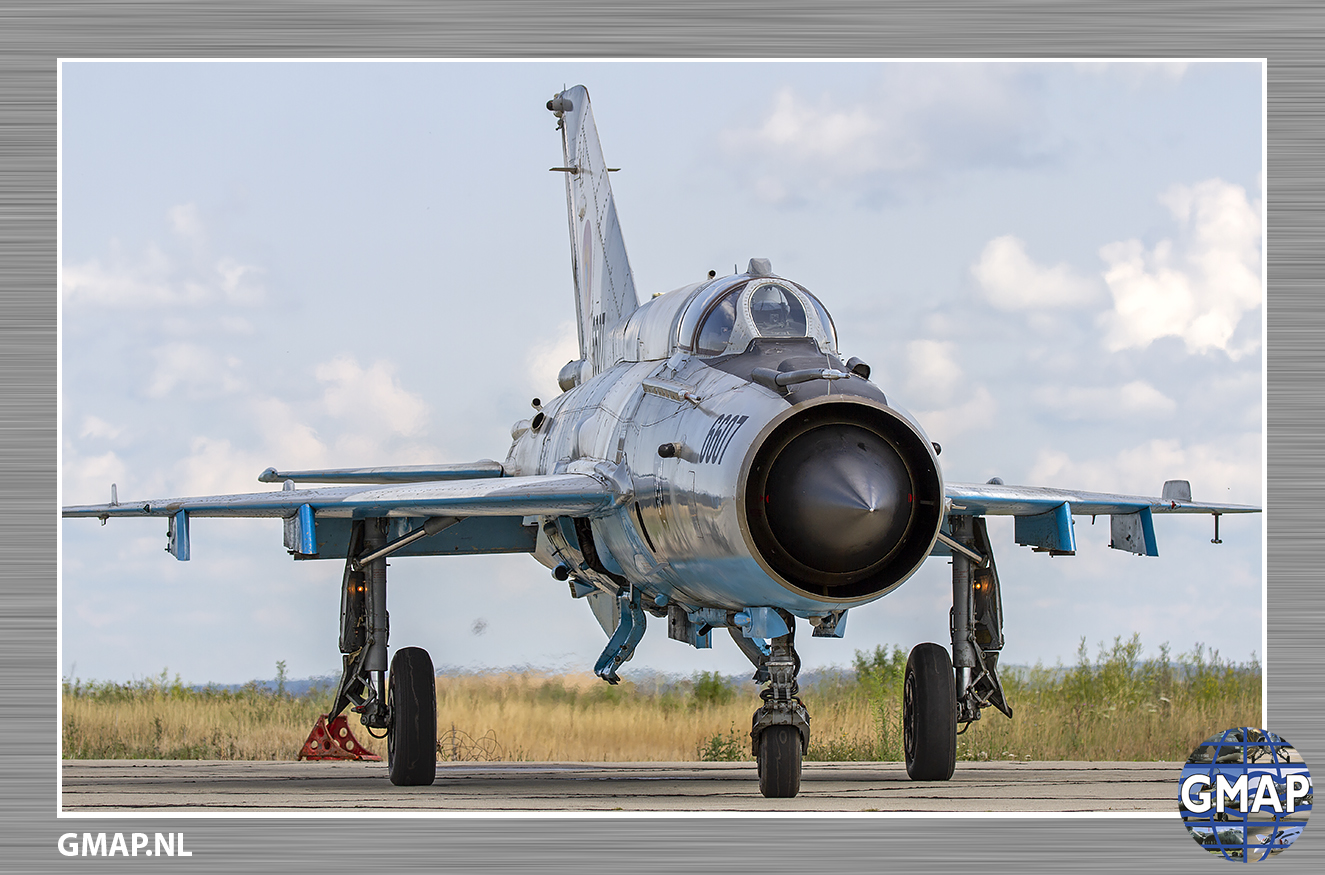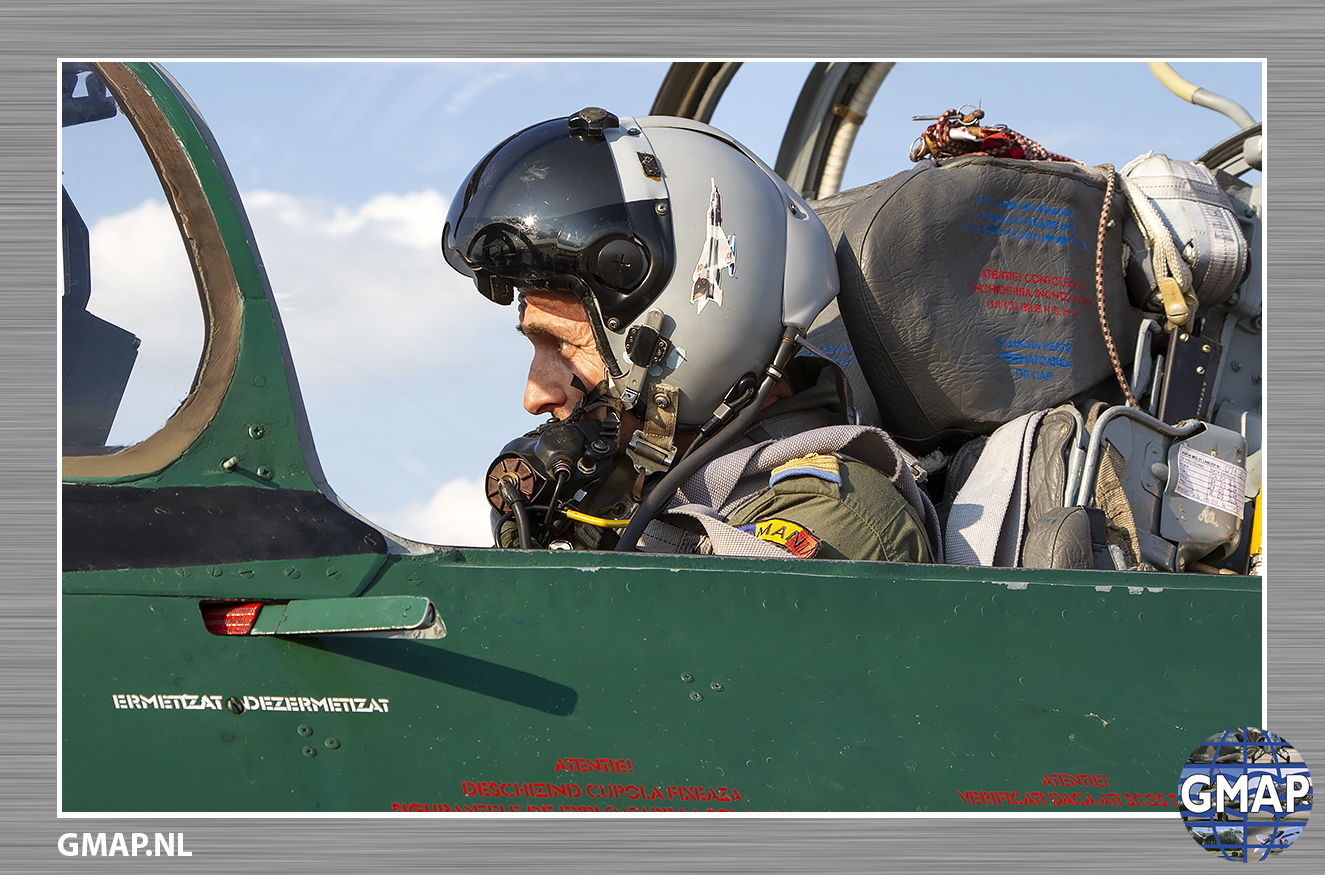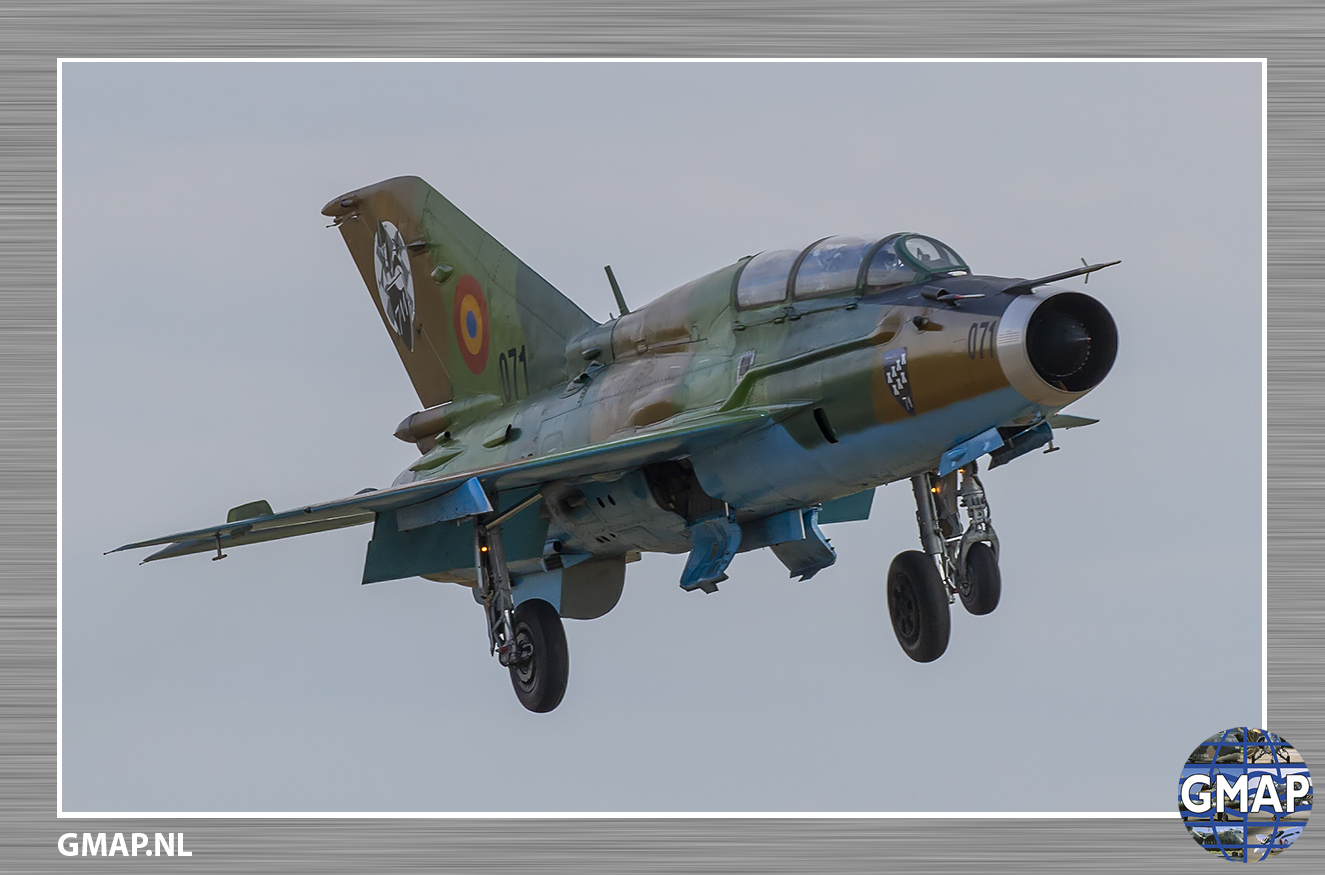Being an ageing former East-bloc workhorse, the MiG-21 has become a rare sighting in Europe these days. However, it is foreseen that the MiG will be around for at least another five years. When speaking to the Deputy Squadron Commander of Escadrilla 711, Comandor Călin Hulea (call sign “Coolio”): “it depends on how quickly we succeed in buying additional F-16’s. At the moment, the factory in Bacau (Aerostar SA) has sufficient spare-parts to do the higher complexity maintenance and keep them going for some years to come. Although the number of operational aircraft are getting lower, we still are able to comply with the level of standards that has been agreed upon with NATO, allowing for sufficient flying-hours for our pilots”.
The latest class of MiG-21 students graduated in 2018 and according to Comandor Hulea this will most like be the last one to fly the MiG-21. Future students will join the current F-16 unit at Fetesti airbase when graduated from the Air Force Academy. Until recently, the conversion to the MiG-21 took place at Bacau, but this task is now performed “in-house” by instructors of Escadrilla 711.
Currently the main task of the MiG-21’s at Câmpia Turzii is Air Policing. For this purpose, a number of aircraft are on 24-hour QRA. Besides Air Policing, also air-to-ground is being practiced at ranges in close proximity of the base. For this, Escadrilla 711 uses MiG-21’s upgraded to the LanceR C
When talking about the experiences with 457th EFS, Comandor Hulea comments: “like us, they also do Air-to-Air and Air-to-Ground missions. During their stay, we have been doing multiple missions, focusing on Air-to-Air only; doing tactical intercepts and BMF (Basic Fighter Manoeuvres). We have also been playing the ‘Red Role’ in Defensive counter air missions with them. Working with these guys have been a great experience. The basic of our approach for planning and doing the missions is based on NATO standards, which we have adopted ever since we joined NATO. This has proven to be successful in our cooperation with the various TPS-units that have visit Câmpia so far”.
With the help of the Americans, many improvements have been made on the infrastructure of the base in recent years. As such, Câmpia Turzii has become an invaluable NATO asset in strengthening the relationship with the Romanian Air Force and the stability and security in the region.





